How Bunded Oil Tanks Work: A Guide for Homeowners and Businesses
Contents
- How Bunded Oil Tanks Work: A Guide for Homeowners and Businesses
- What Is a Bunded Oil Tank?
- How Do Bunded Tanks Actually Work?
- Why Do People Choose Bunded Tanks?
- Residential and Commercial Use: Who Needs a Bunded Tank?
- Why Bunded Tanks Beat Single-Skinned Tanks
- Typical Installation Examples
- Key Benefits at a Glance
- Choosing the Right Bunded Tank
- Looking After Your Bunded Tank
- Final Thoughts: Why Bunded Oil Tanks Just Make Sense
How Bunded Oil Tanks Work: A Guide for Homeowners and Businesses
If you store heating oil at home or fuel on a commercial site, a bunded oil tank isn’t just a smart upgrade — it’s often an essential safety measure.
But how do bunded oil tanks actually work? And why are they so widely recommended over single-skinned tanks?
This guide breaks it down in simple terms. Whether you’re a homeowner trying to keep your heating system safe or a business looking for reliable oil storage, here’s what you need to know.
What Is a Bunded Oil Tank?
At its core, a bunded oil tank is a tank within a tank. The inner container stores your oil or fuel, while the outer shell — called the bund — acts as a backup layer that catches any leaks, drips or spills.
Picture it like a strong waterproof jacket over a water bottle. If the bottle cracks, the jacket keeps the liquid contained.
This dual-layer design adds a huge layer of protection that single-skinned tanks simply can’t offer.
How Do Bunded Tanks Actually Work?
The magic is in the construction:
Inner tank: This holds the fuel. It’s usually made from plastic or steel and is built to withstand regular wear and weather.
Outer bund: This surrounds the inner tank entirely and can hold at least 110% of the tank’s capacity. If oil escapes, it’s caught here before it can soak into soil or waterways.
What Happens if the Inner Tank Fails?
If the inner tank splits, corrodes, or is overfilled, the oil doesn’t reach the environment — it’s safely contained inside the outer bund. You get a clear warning that something’s wrong, but without the costly clean-up or damage.
Many bunded tanks also come with gauges or bund alarms that detect fluid in the bund area, giving you a heads-up before a small issue becomes a disaster.
Why Do People Choose Bunded Tanks?
Whether you’re buying for your home, farm, or commercial site, bunded tanks are often the go-to choice because of one word: protection.
Here’s what they protect against:
Oil leaks from corrosion or cracks
Overfilling mistakes
Accidental impact damage
Environmental harm if oil reaches soil or water
Costly clean-up or repairs
Bunded tanks offer peace of mind — if anything goes wrong inside the tank, you’ve got a second barrier before things escalate.
Residential and Commercial Use: Who Needs a Bunded Tank?
For Homeowners
If your property uses oil heating, and the tank is located near a drain, stream, pond, or well, it’s strongly recommended you choose a bunded tank.
Even a small leak near a water source can lead to major contamination and cleanup costs. A bunded tank helps prevent oil from seeping into the ground or entering water supplies.
They’re also a smart choice if:
Your tank sits on a slope (where runoff could spread oil further)
You want added protection from children, pets, or vehicles
You want a longer-lasting, more secure tank
For Businesses
If you’re storing fuel for equipment, generators, vehicles, or heating, the risks of a leak are magnified — especially with larger volumes of oil.
Bunded tanks are common across:
Farms and agricultural sites
Construction yards
Factories and workshops
Backup generator setups
Transport and haulage companies
When you’re managing high-value fuel and larger operations, the potential damage from a leak — not to mention downtime — makes bunded storage the clear choice.
Why Bunded Tanks Beat Single-Skinned Tanks
So why not just go with a cheaper, single-skinned tank?
Here’s what you’re missing if you don’t go bunded:
1. No Back-Up Containment
Single-skinned tanks have one job: hold oil. If that layer fails, there’s nothing to stop a spill. That puts your property, your wallet, and the environment at risk.
Bunded tanks give you a critical second line of defence.
2. Longer Lifespan
Many bunded tanks are made from UV-stabilised plastic or treated steel. They resist corrosion, frost, and general wear far better than older single-skinned models.
3. Lower Risk of Oil Loss
Even a small unnoticed leak can cost hundreds in lost oil. With bunded tanks, leaks are caught early — sometimes before you even lose pressure or volume.
4. Cleaner Installations
Bunded tanks often include integrated features like gauges, secure caps, and enclosed pipework. This makes the setup neater, more durable, and harder to tamper with.
5. Future-Proof Storage
As environmental awareness grows, there’s more pressure to store fuel responsibly. Bunded tanks are already the standard across many sites — and likely to remain so as best practice continues to evolve.
Typical Installation Examples
Let’s look at some real-world scenarios where bunded tanks make all the difference.
1. Rural Home with Heating Oil
Tank Type: Plastic bunded tank (1,200L)
Location: Near a garage, 10m from a stream
Reason for bunded tank: Protect nearby watercourse from potential leaks
2. Farm Equipment Storage
Tank Type: Steel bunded tank (5,000L)
Location: Machinery yard with tractor access
Reason for bunded tank: High fuel turnover + large volume means higher risk of wear or overfill
3. Office Block with Generator Backup
Tank Type: Enclosed bunded day tank (2,500L)
Location: Basement service room
Reason for bunded tank: Indoor storage needs total containment to avoid contamination or fire hazard
In each case, a bunded tank wasn’t just a precaution — it was a practical necessity based on location, volume, and use.
Key Benefits at a Glance
| Feature | Bunded Tank | Single-Skinned Tank |
|---|---|---|
| Leak containment | ✅ Yes | ❌ No |
| Environmental protection | ✅ Excellent | ❌ Minimal |
| Theft/tamper protection | ✅ Often included | ❌ Basic |
| Oil loss prevention | ✅ Reduced | ❌ Higher risk |
| Durability | ✅ Longer lifespan | ❌ Shorter lifespan |
Choosing the Right Bunded Tank
Here’s what to consider when shopping:
1. Capacity
Make sure your tank suits your usage. Undersized tanks mean frequent refills. Oversized tanks may go underused and increase condensation risk.
2. Material
Plastic: Lightweight, rustproof, lower upfront cost. Great for domestic use.
Steel: Heavier, tougher, and often used in industrial or exposed environments.
3. Features
Look for extras like:
Bund alarms
Integrated gauges
Lockable lids
Built-in overfill prevention
These add long-term value and simplify monitoring.
Looking After Your Bunded Tank
Even though bunded tanks are designed to be tough, they still need attention.
Checklist:
Inspect regularly for cracks, bulges, or signs of tampering
Check the bund area for trapped water or oil — any liquid inside could mean a leak
Keep the area clear of debris, overgrowth, or standing water
Service annually to stay on top of wear and catch issues early
Proper care = longer life and lower risk.
Final Thoughts: Why Bunded Oil Tanks Just Make Sense
Bunded oil tanks aren’t just a higher-spec option — they’re a better investment in safety, storage, and peace of mind.
They offer:
Double-layer protection
Oil containment in case of leaks
Defence against environmental contamination
Safer long-term storage for homes and businesses
Smart features that make monitoring easier
And if your tank sits near a drain, watercourse, or slope — a bunded tank is especially important. One spill in the wrong location can cause long-term damage and serious clean-up costs.
So while they cost more upfront, bunded tanks often pay for themselves over time — not just in fuel savings, but in avoided disasters.
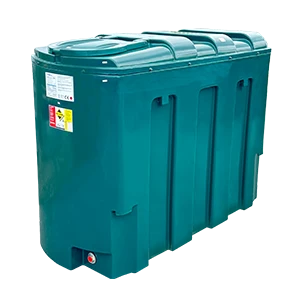
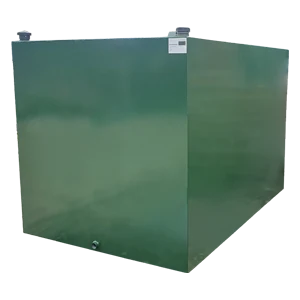
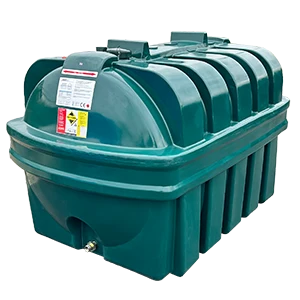
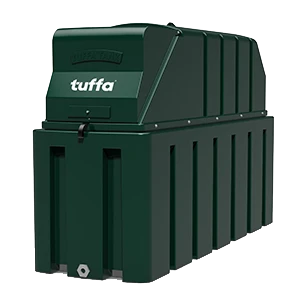
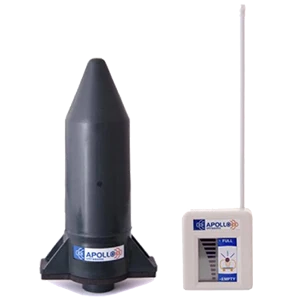
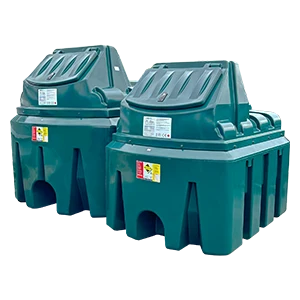
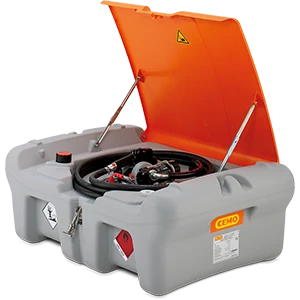
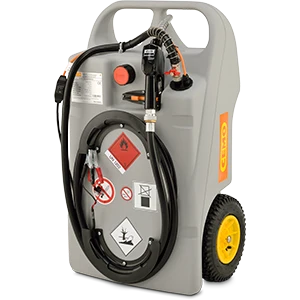
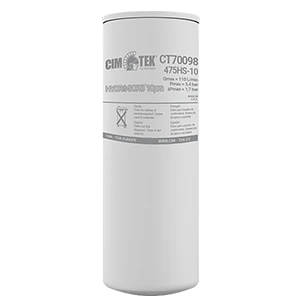
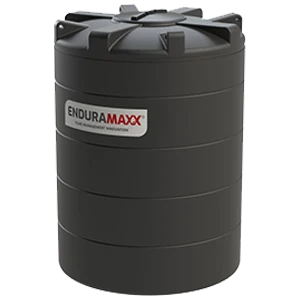
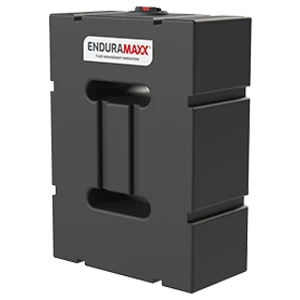
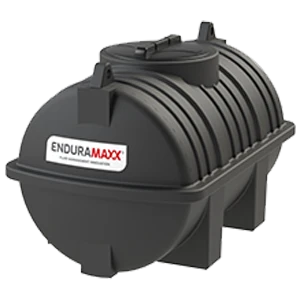
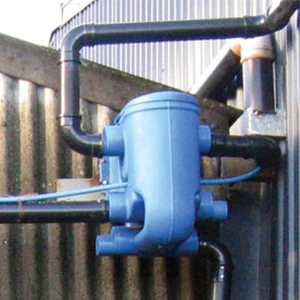
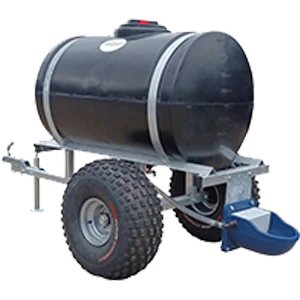
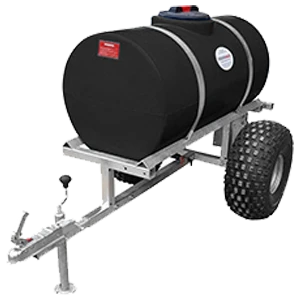
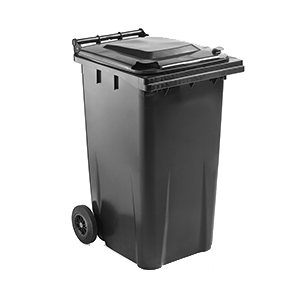

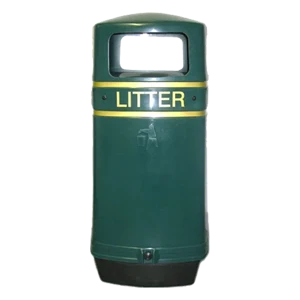

Share This: